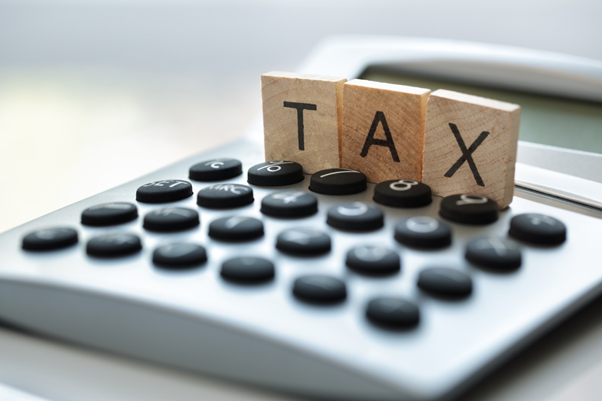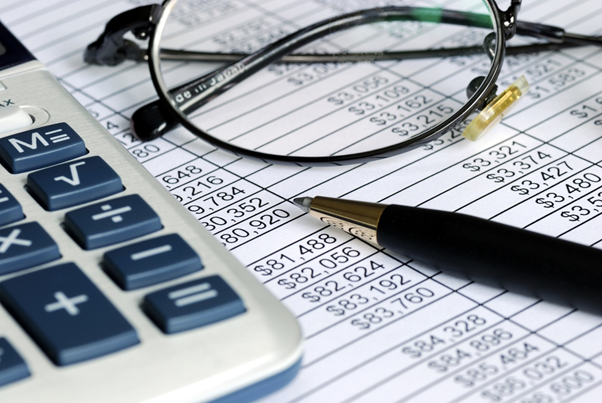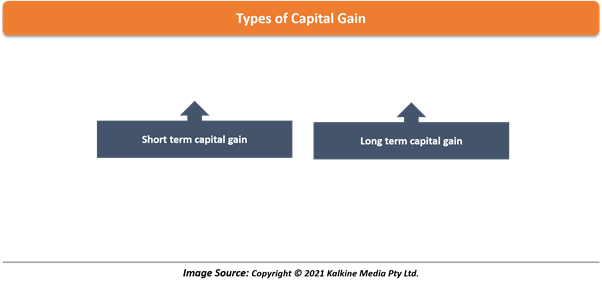What is Capital Gain?
Capital Gain is basically an increase in the value of the capital asset, and it is realised when owner sells the asset. It can be short-term (less than a year) as well as long-term (over a year) and must be claimed on income taxes.
Capital gains are generally connected with stocks and funds because of their liquid nature, it can also be calculated on any security which is bought on a lesser price than its selling price.

© Flynt | Megapixl.com
Upon the sale of an asset the Realised Capital Gains or losses is considered. The sale which triggers a taxable event. Paper gains or losses are the unrealized gains and losses. It may reflect the investment value but not yet triggered a taxable event.
Tax Consequences of Capital Gains and Losses
For the securities held for shorter time like a year or less- Short-term capital gains is calculsted while long term-term capital gains are usually taxed at a lower rate than regular income.
Explanation
When you sell an asset like property, car, business or shares may be after holding it for a period, capital gain occurs on the increased in value of such asset. It means, capital gain happens only when selling price is higher than the buying price, in case buying price is higher, it records capital loss. However, Capital gains are often subject to taxation, of which rates and exemptions may differ between countries.
Calculation

© Johnkwan | Megapixl.com
Generally, it is calculated through subtracting a base cost of an asset from its selling price. For long term assets, incurred expenses are also calculated, and the resulting value can be gain or loss in case it is showing negative.
Full Value Consideration: It is the value received by a seller on its asset.
Cost of Acquisition: It is the value of an asset when a buyer acquires it.
Cost of Improvement: This includes the cost of improvement of any asset by an owner. It can be anything like alteration or any addition to the capital asset.
Indexed Cost of acquisition: The index cost of acquisition is calculated on the present terms by applying the CII (Cost Inflation Index). It is done to change the prices by accounting for inflation that occurs over the years when the asset is held. It is determined by multiplying the CII of the year in which a seller sold an asset and the CII of the year in which the property was purchased, or the financial year, whichever is later, by the Cost of acquisition.
Example: Australian Taxation Office
In Australia, there are three methods defined by The Australian Taxation Office (ATO) for calculating the capital gain for Australian citizens and businesses.
Discounted Method: In this first type of discounted method, super funds (33.33 percent) and eligible individuals (50 percent) may reduce their stated capital gain value.
Indexation Method: The second form of indexation approach enables companies and individuals to use an index factor to lift the asset's base cost, reducing the asset's final capital gain value.
Other Method: The third method uses the general capital gain formula. The difference between the final sale price and the base costs of the asset are considered.
How Capital Gain works:
For example, if you sell a capital asset like shares or real estate property, you will make a capital gain or a capital loss. This is calculated on the basis of difference between the buying price and selling price of a particular asset.
In both cases whether it is a profit or loss, you need to book it in your income tax return. Although the term is referred as capital gains tax (CGT) but in actual, it is not a separate tax, it is part of your income tax.
On the other side, if you have a capital gain, it is added to your assessable income and may significantly increase the tax you need to pay. Since capital gains tax is not deferred, you can calculate how much tax you will owe and set aside enough money to cover the amount.
In case of a capital loss, you can't claim it against your other income, but you can use it to reduce a capital gain.
Types of Capital Gain

How much Capital Gains Tax (CGT)?
Since the majority of the people pay Capital Gains Tax on rental properties when they sell or dispose of them, understanding how CGT is measured is critical.
It is so important to have experts on your side – especially a good tax accountant while measuring CGT.
CGT is payable in financial year only when you sell your rental property. In a long-term wealth creation strategy, you won't need to pay tax for many years. Meanwhile, you can access any capital growth to increase your portfolio and strengthen overall financial position.
Calculating Capital Gain, in case of a property
In Australia, there are three ways to calculate your capital gain.
CGT Discount Method
This method allows to decrease capital gain by 50 % for individuals and 33.3% for complying super funds for any assets which are held for a year or more before the relevant CGT event. Generally, this is not available for companies.
Indexation Method
You can use the indexation approach to raise the cost base by using an indexation factor based on the consumer price index (CPI) up until September 1999. For any properties purchased before 11.45 a.m. (ACT legal time) on September 21, 1999 (and held for 12 months or more before the relevant CGT event).
Third Method
For assets held for less than a year prior to the applicable CGT case, one can exclude both the day of purchase and the day of the CGT event when deciding if you purchased the asset at least 12 months before the CGT event. Subtracting the cost base from the capital proceeds is the simplest process.
 Please wait processing your request...
Please wait processing your request...